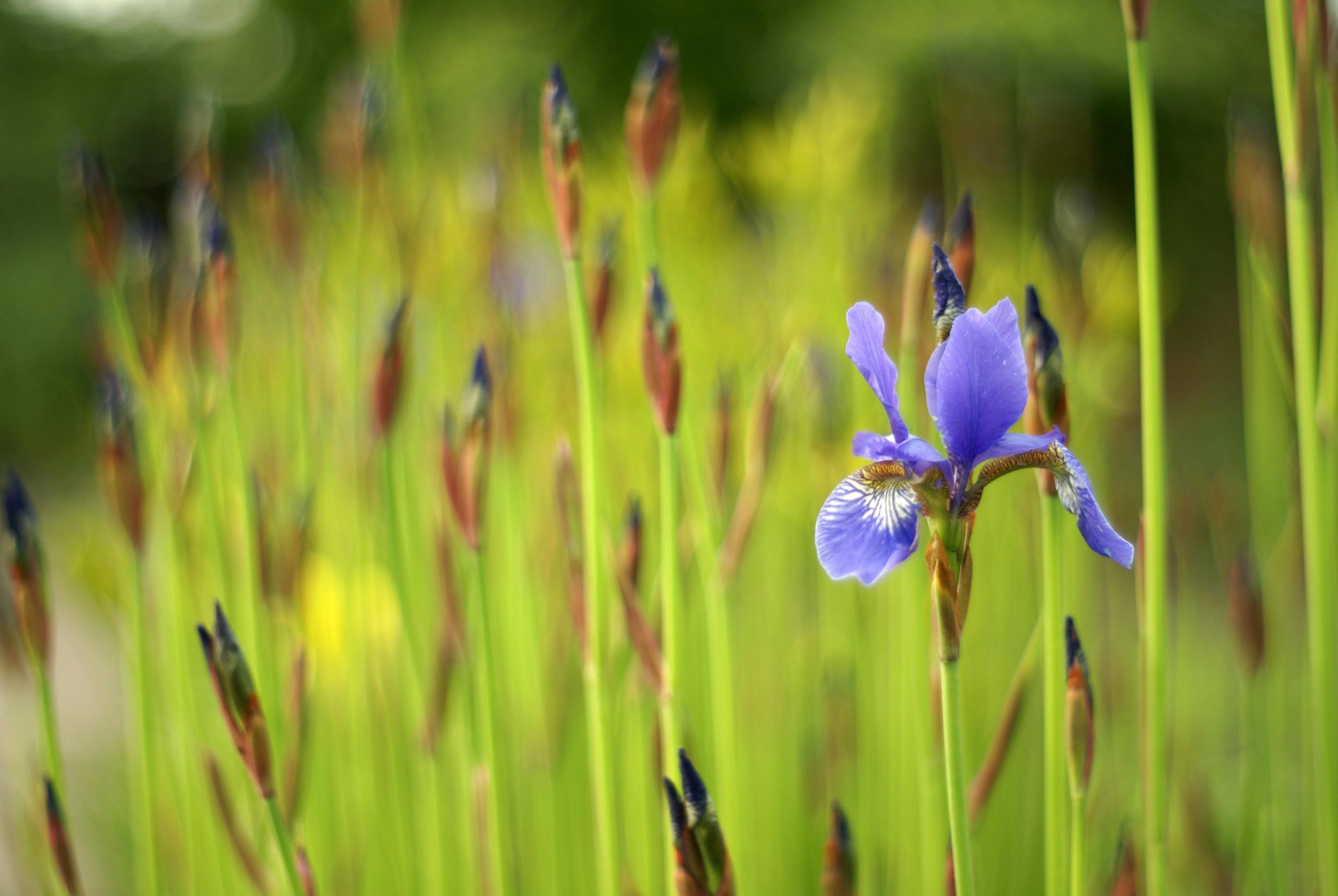Iris Flower: How To Plant, Grow, And Care
by Mark Hunt

A majestic species?with a reputation for breathtaking colours and fragile beauty, the iris flower. This adds elegance to every garden and landscape — an information source?of hope and knowledge about the outside world. Even beginners can?enjoy growing this flower with great success. It flowers beautifully every year, adding refinement and personality to any patio area — if you simply provide the appropriate treatment and attention.
Choosing the Right Iris Variety
Choosing the correct type of iris is the?first step before planting. They vary in colour from green to purple, in size from a quarter to larger, and in how they?need to grow. The most common kinds include:
- Bearded Iris: has fuzzy petal edges and bold colours.
- Siberian Iris: Most well known for their fine leaves/Siberian Iris:?Best known for its fine leaves and cold resistance.
- Japanese Iris: Requires moist soil and produces large, flat flowers.
- Dutch Iris: Planted mostly from bulbs and?often used in cut flower arrangements
- Selecting a variety suitable for the regional climate can lead to vigorous growth and prolonged flowering periods.
Preparing the Planting Site
Iris does?best in sunny, well-drained locations. Requires a minimum of six hours?of sunlight daily. The soil pH should be between 6.0 and 7.0, which is slightly acidic to neutral. Use the shovel to break up the dirt and allow more airflow?or root growth before planting the tree. Adding organic compost improves the structure?and fertility of the soil.
Be sure to stay away from waterlogged areas, as iris roots easily rot in standing water. Adding sand or gravel for?more drainage in heavy clay soils. Another way to prevent excess?moisture is to plant on a gradual slope or in a raised bed.
Planting the Iris Flower
The ideal time for planting is from late summer?to early autumn, as the weather is a little milder. The planting process consists of?a few easy steps:
- Make a shallow dig of around 4 inches deep.
- Make a?mound of soil in the centre.
- Place?the roots of the iris over the mound so that the rhizome is just under the surface.
- Without adequate space between them, they can?create conditions under which disease can flourish.
- The soil can be slightly muffled or settled by watering affectionately, which involves establishing a watering schedule.
- Providing ample space can help prevent overcrowding, which reduces the risk of disease.
Watering and Feeding
Watering in moderation is essential to ensure proper growth. Keep the soil a little moist, but never soggy. Root rot from overwatering (especially in cooler seasons). After being established, the iris flower can?withstand brief dry intervals.
Ideal times to give your plants some food are early in the spring and after they bloom. This will maintain a balanced nitrogen content, ensuring good flowering and strong roots. Do not overfeed, as they will grow more leaves than flowers.
Pruning and Maintenance
Close care?makes the iris flower healthy and neat. Deadhead the flowers after blooming to remove the energy from the spent blooms to the roots. Remove any yellow or damaged leaves to prevent pest issues. Prepare for winter by cutting back the foliage to?around six inches above the ground in late fall.
Splitting mature clumps every?3 to 4 years promotes flowering. Gently excavate the rhizomes, cut away any mushy or infected portions, and plant the healthiest fragments. By doing so, it rejuvenates the plant and helps it to grow?consistently.
Managing Pests and Diseases
Iris are the tough old boys of the garden, but they sometimes succumb to a few?common problems. For instance, unless controlled,?the iris borer can cause damage to the rhizomes. Maintaining a clean area and disposing of dead leaves can decrease this risk. A light insecticidal spray applied during early spring may be effective in preventing infestations.
Dampness can cause issues like leaf spot, which?is a fungal problem. Healthy spacing and airflow?ensure less infection. If it?is required, apply a gentle fungicide and refrain from watering from above.
Seasonal Care and Blooming
In late spring or early summer, the iris flower will soon reward you for how well you treat it with its beautiful blooms. During this period, watering and light feeding?help keep the stems sturdy and the petals vibrant. Once they have flowered, leave the leaves in place until they turn yellow, allowing the plant to store energy for the next year.
If you live in a cooler area, you can?apply a light mulch to protect the rhizomes from frost. In early spring, remove the mulch so that emerging shoots are not impeded. Light shade in extremely hot weather helps avoid leaf scorch in warmer areas.
Conclusion
Iris flowers are fun to grow, and they offer permanent colour and elegance to any garden. A well-timed planting, nurtured with light and attentive soil care, continues to flourish year after year. With some easy tips for planting, feeding and?pruning, this traditional flower can bloom for any gardener every season.
A majestic species?with a reputation for breathtaking colours and fragile beauty, the iris flower. This adds elegance to every garden and landscape — an information source?of hope and knowledge about the outside world. Even beginners can?enjoy growing this flower with great success. It flowers beautifully every year, adding refinement and personality to any patio area…